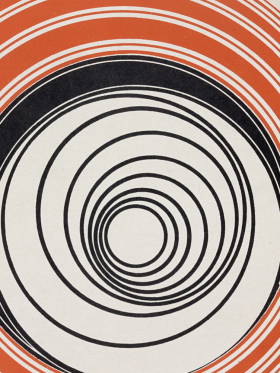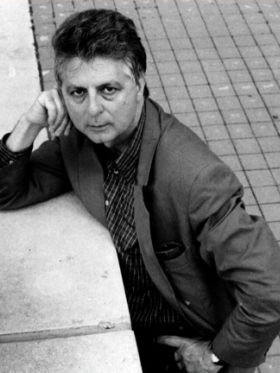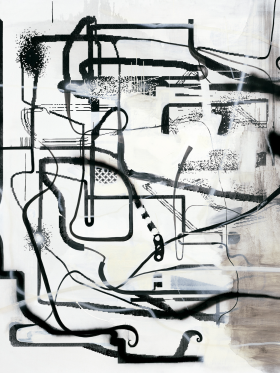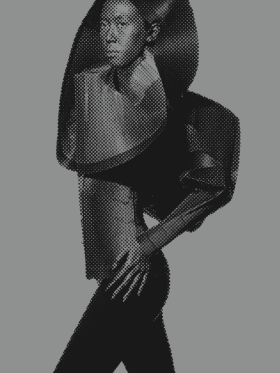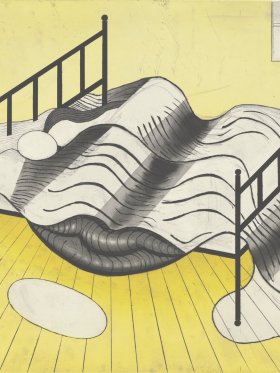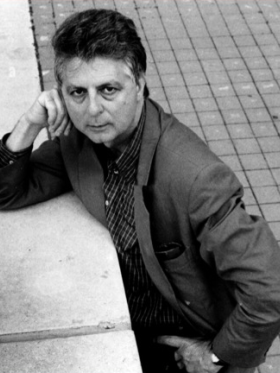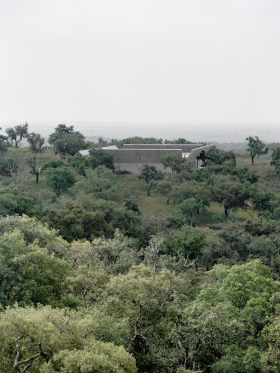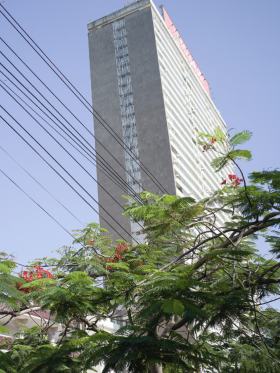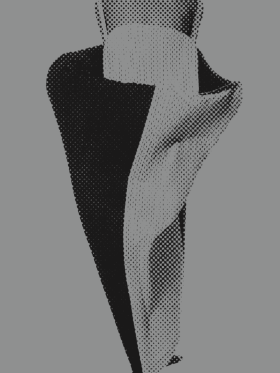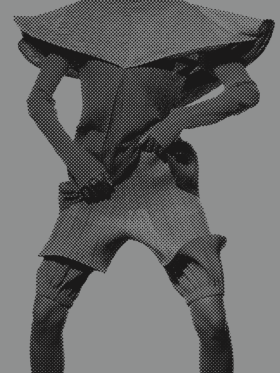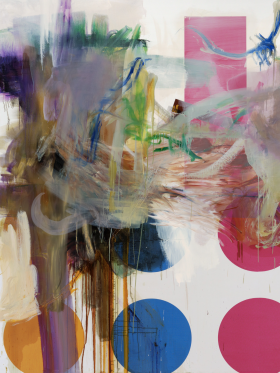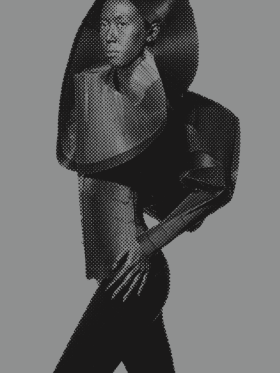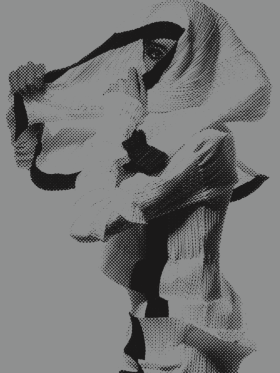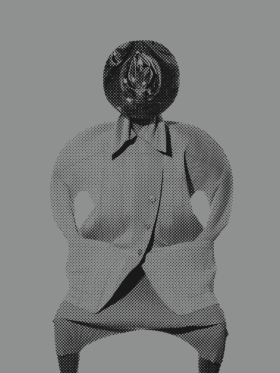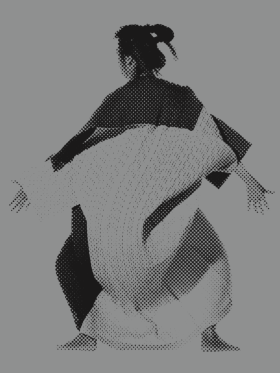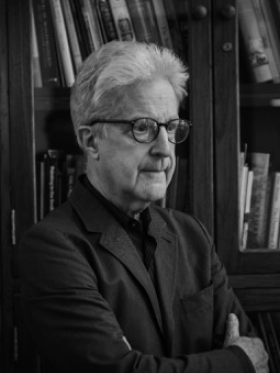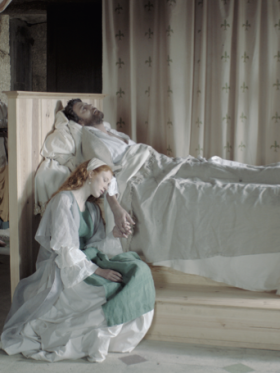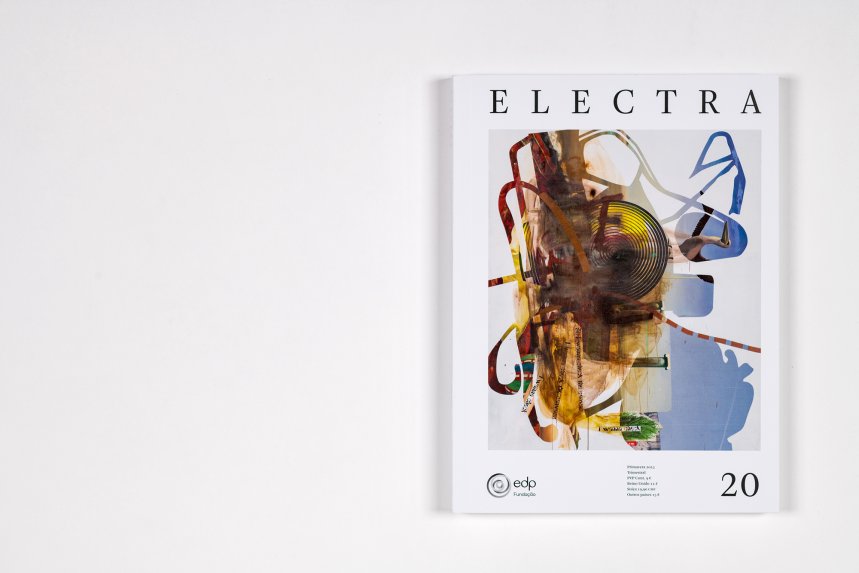
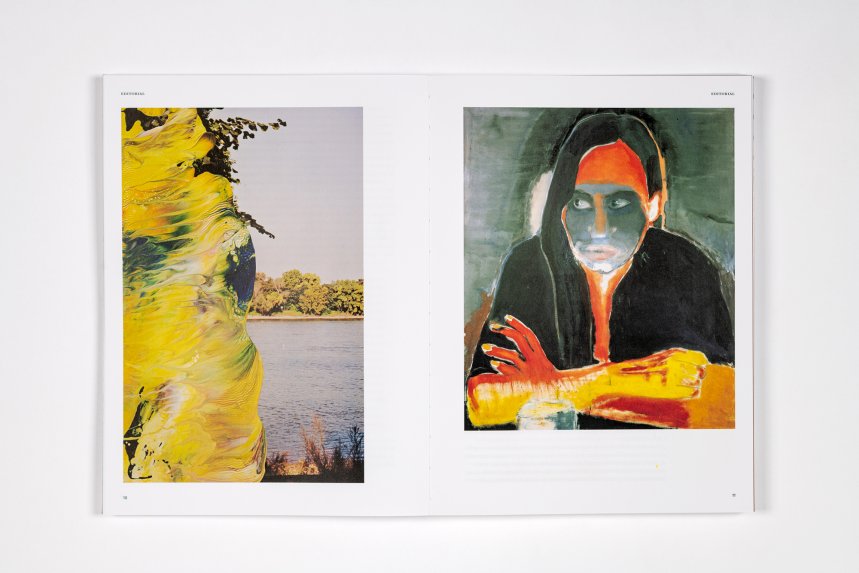

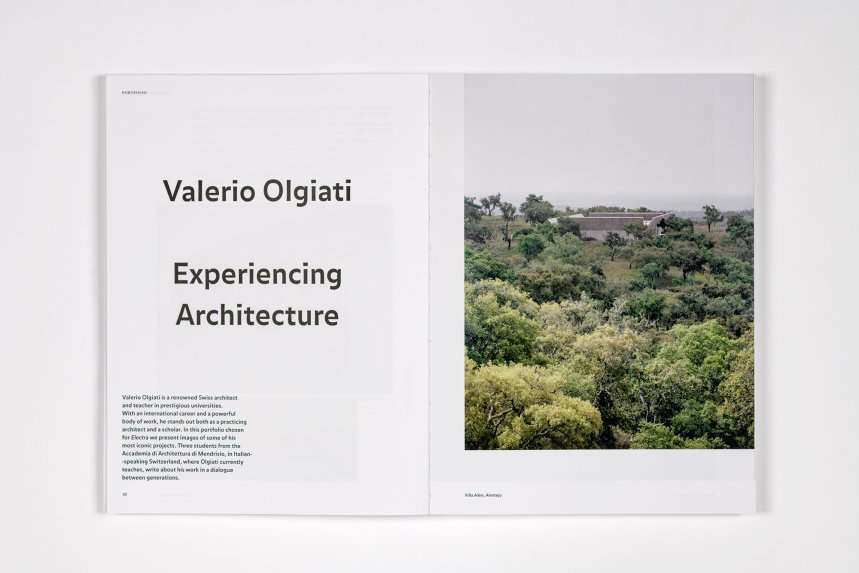
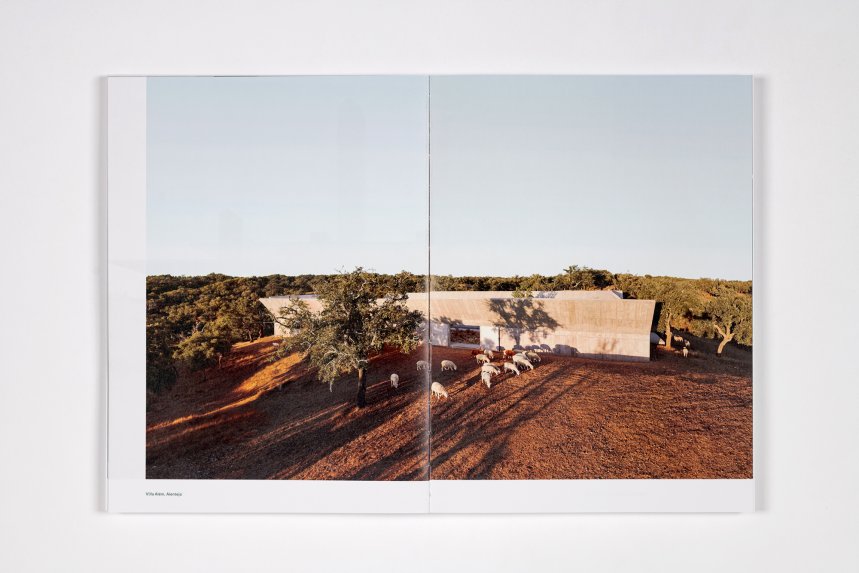
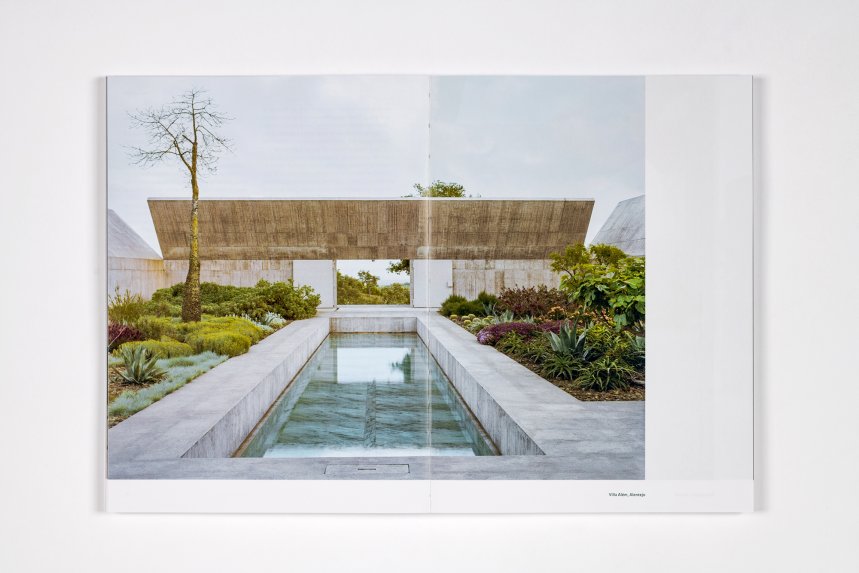
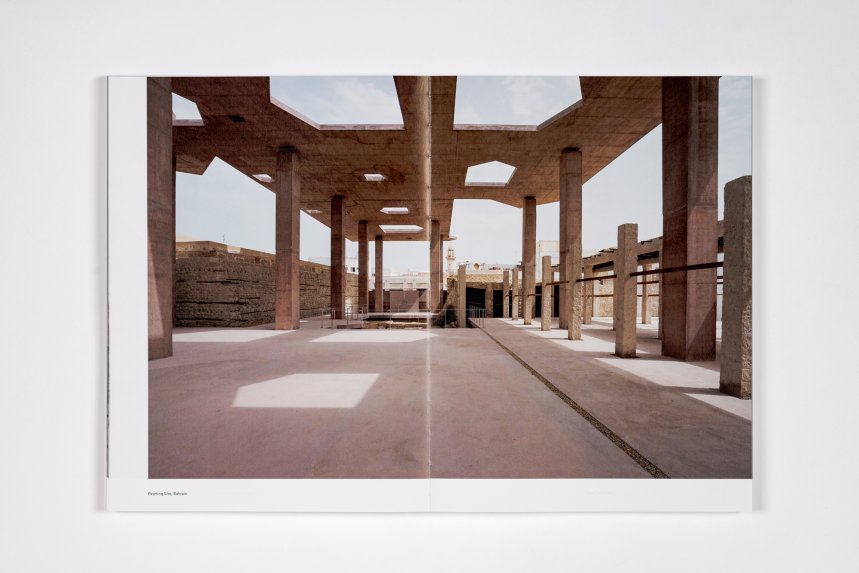
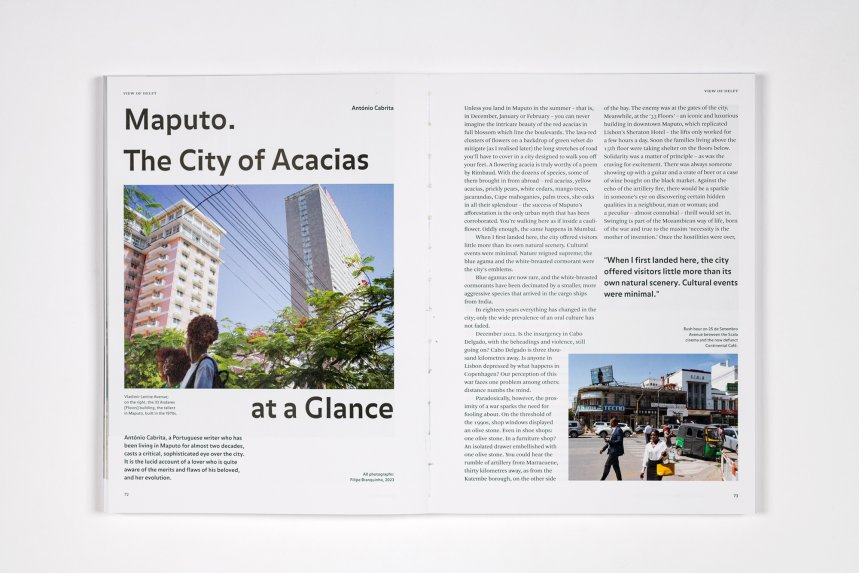

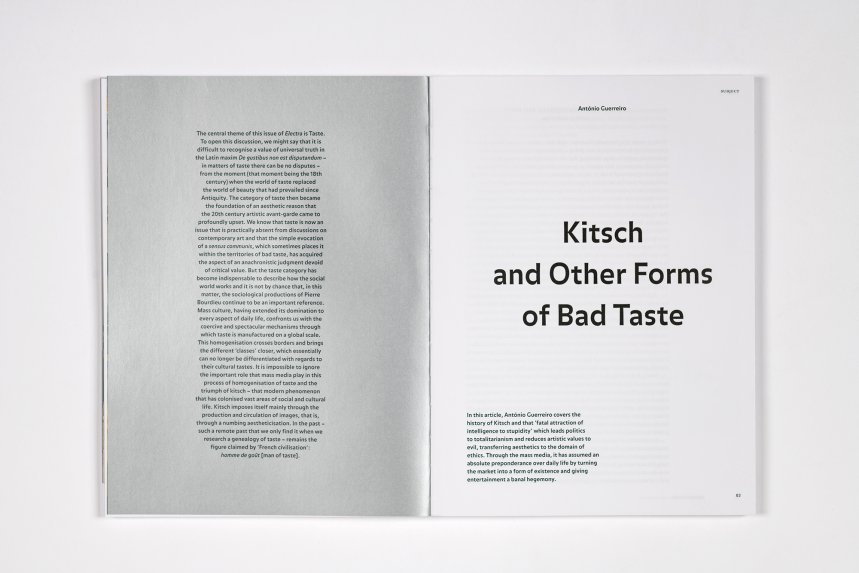
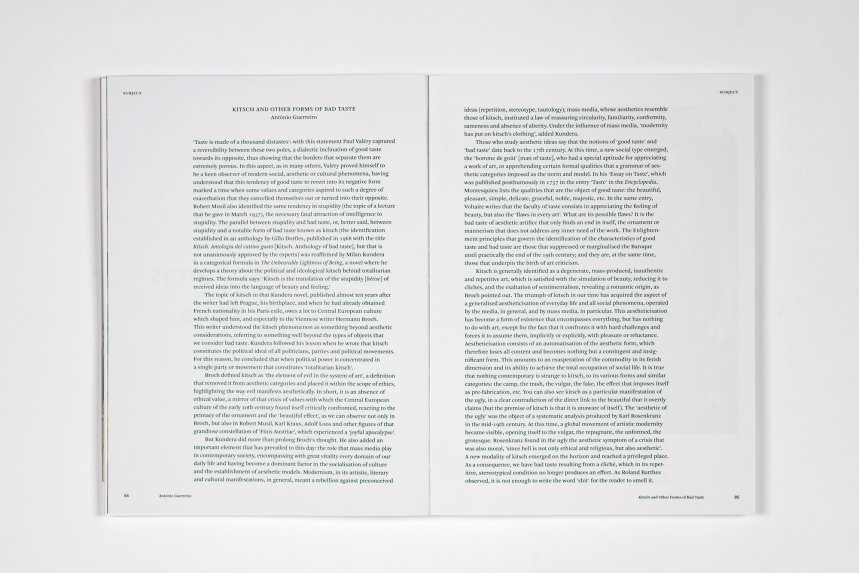
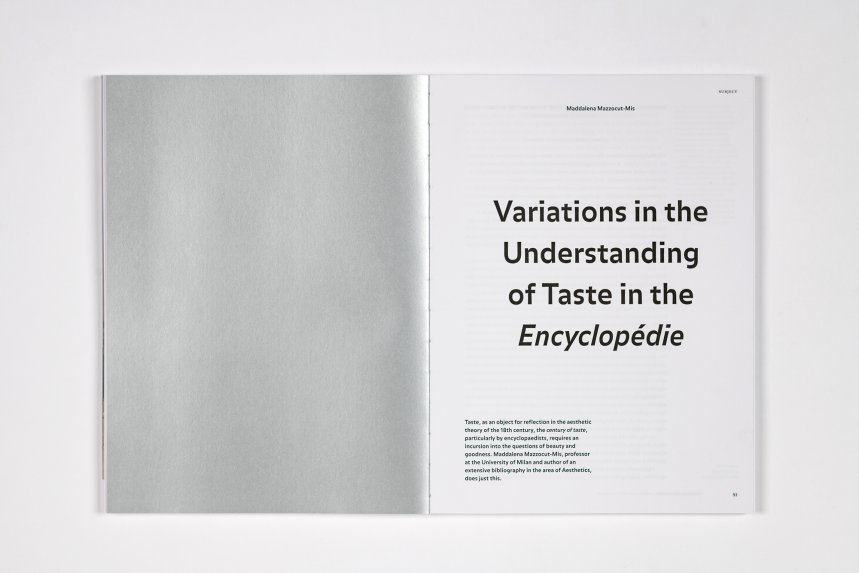

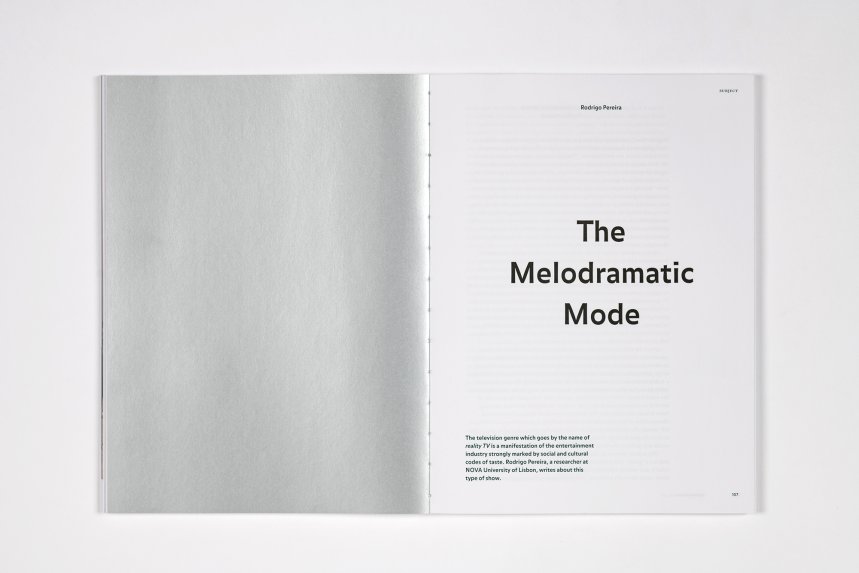
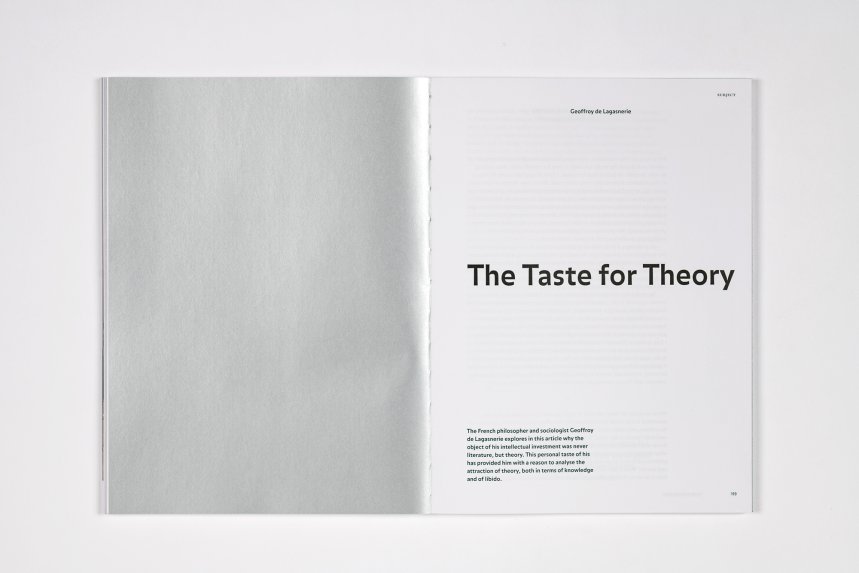
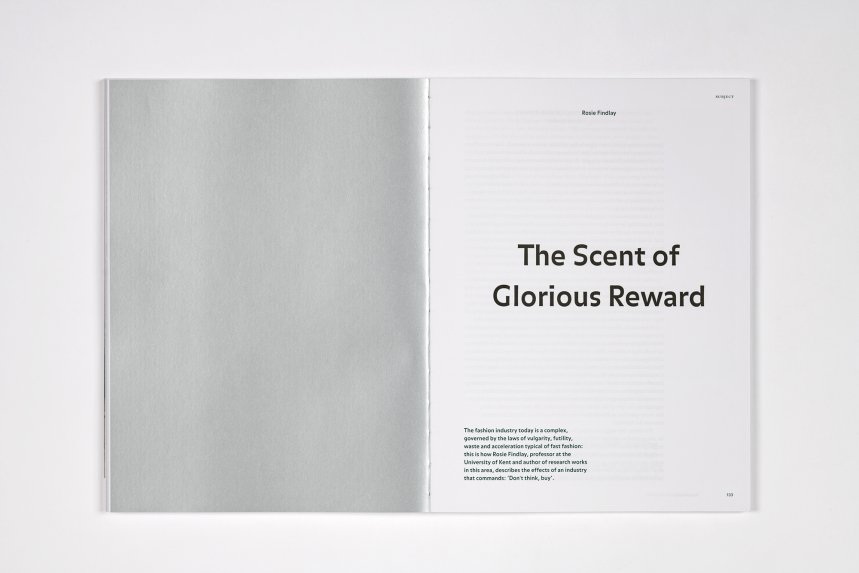
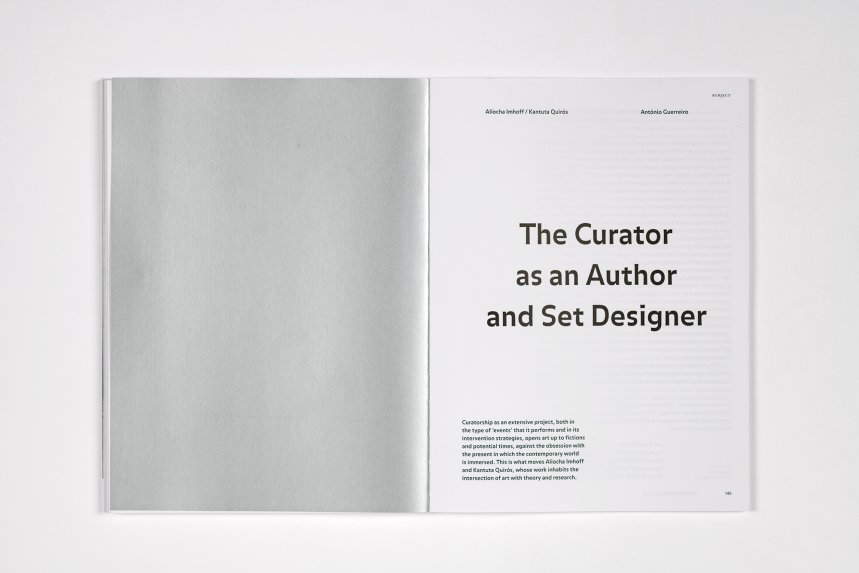
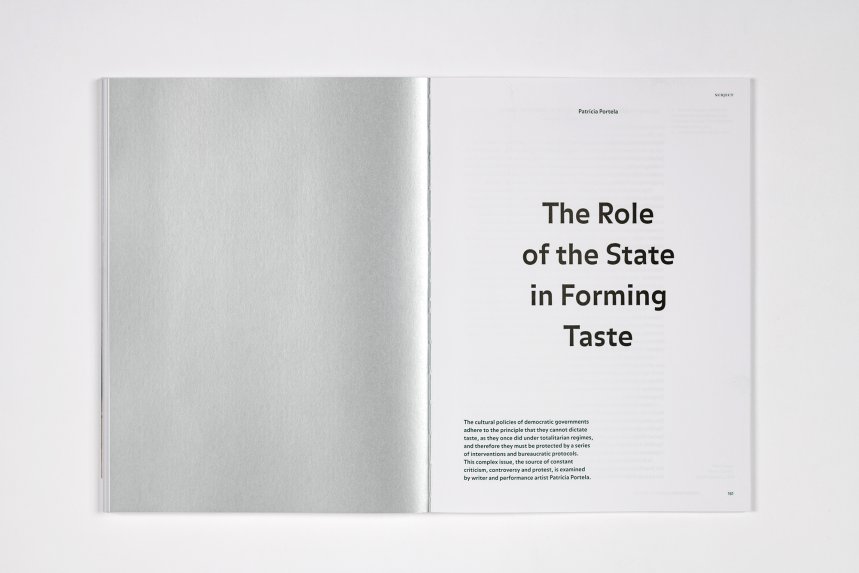

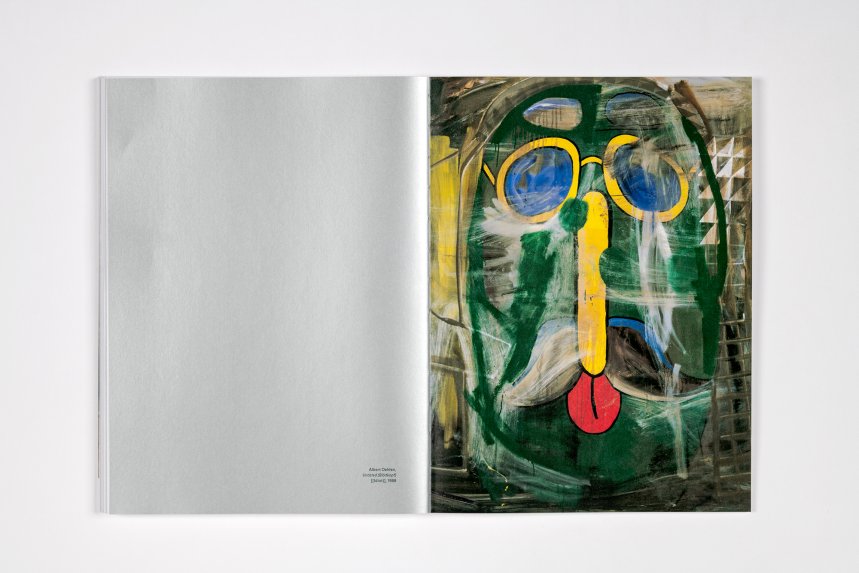
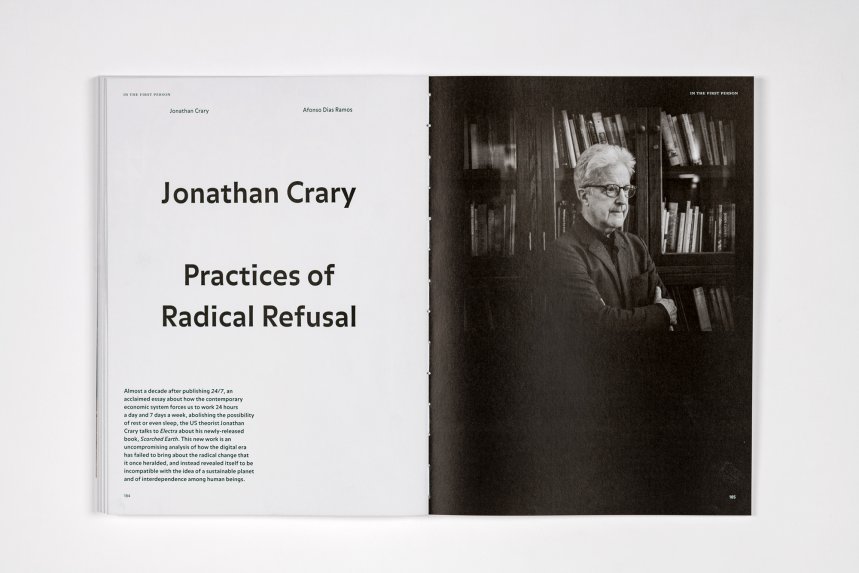
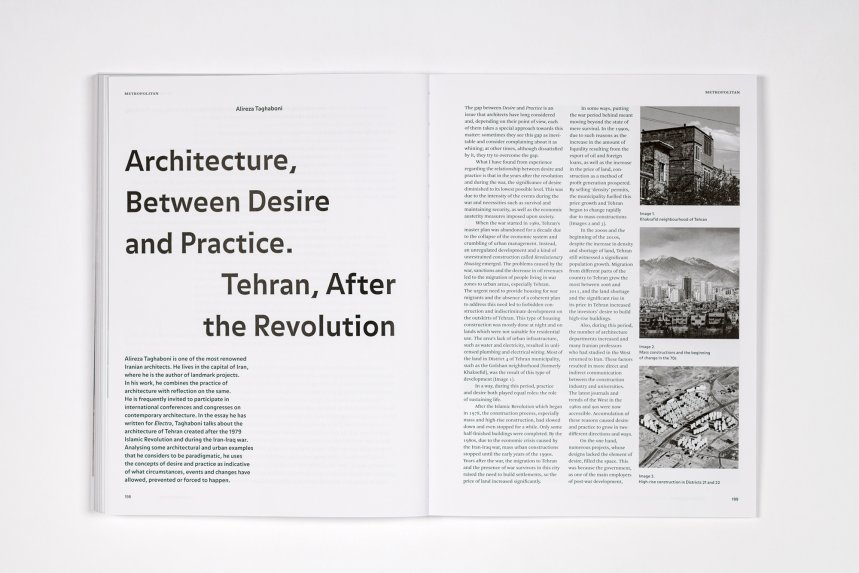
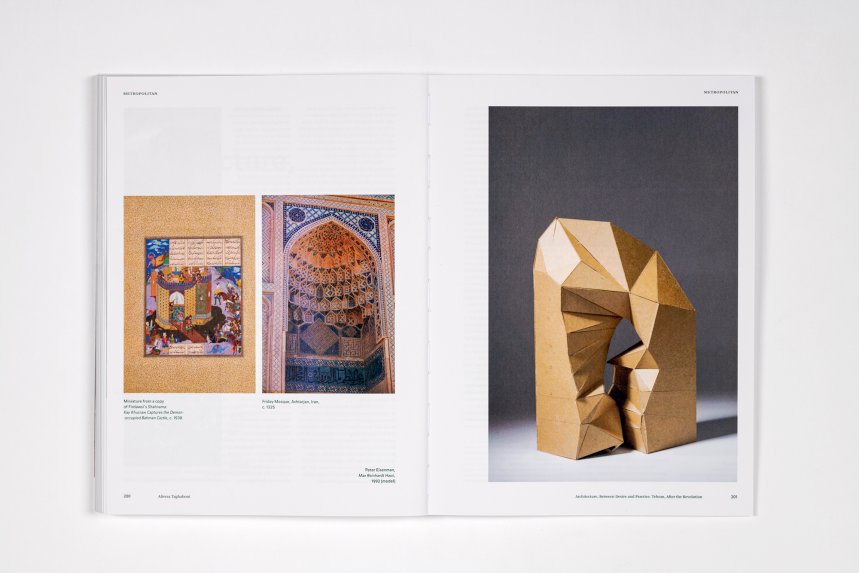
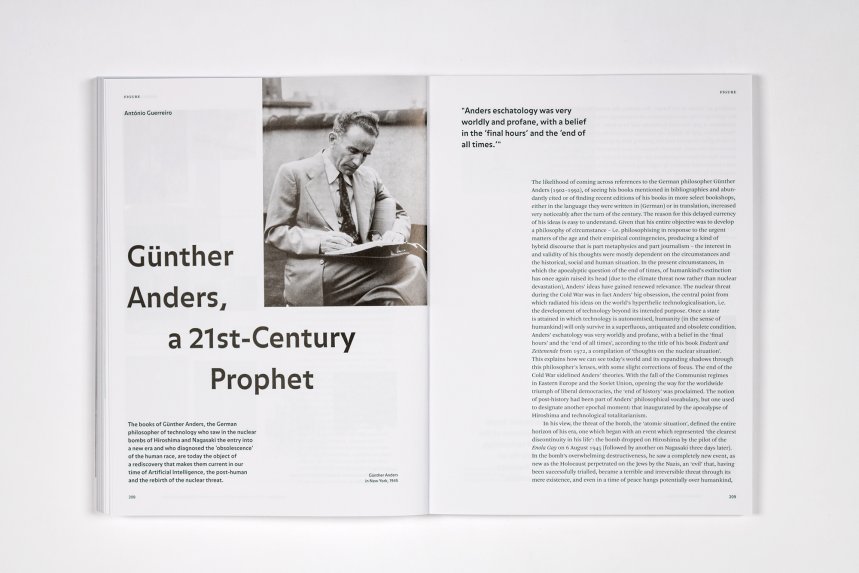
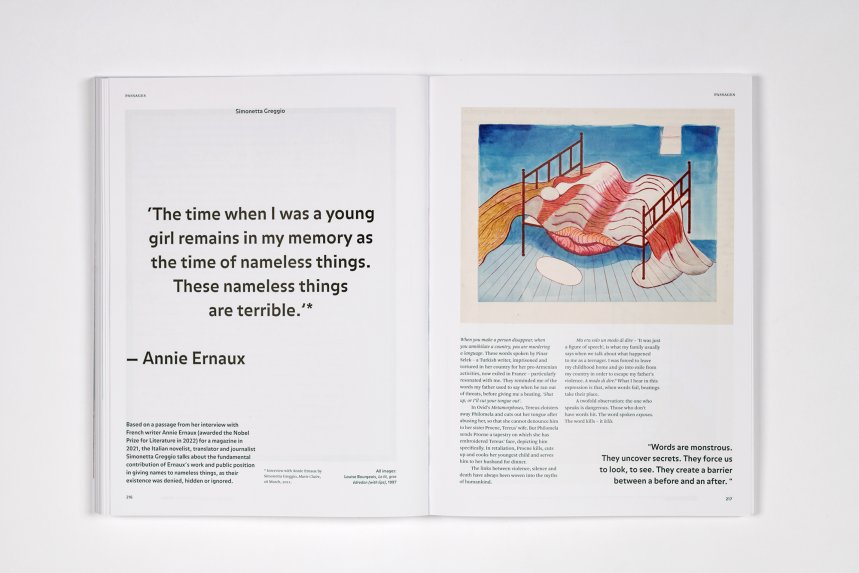
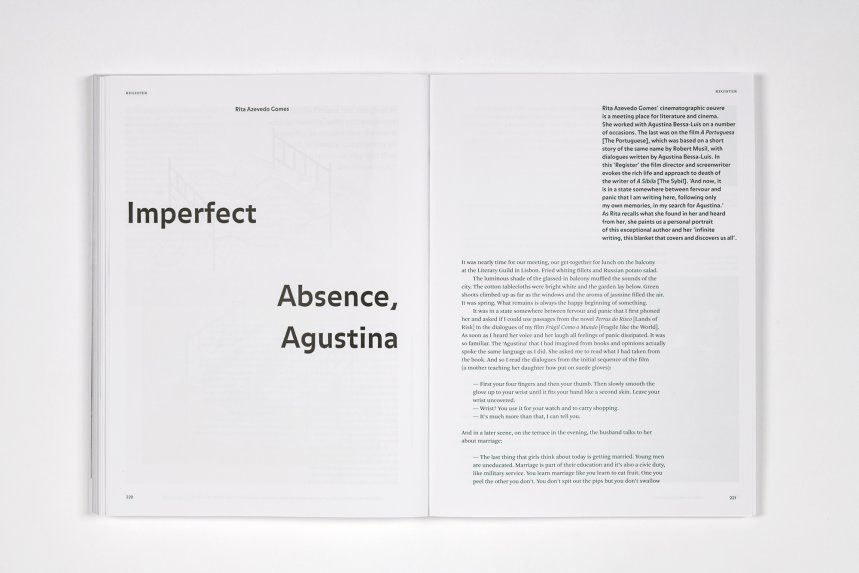
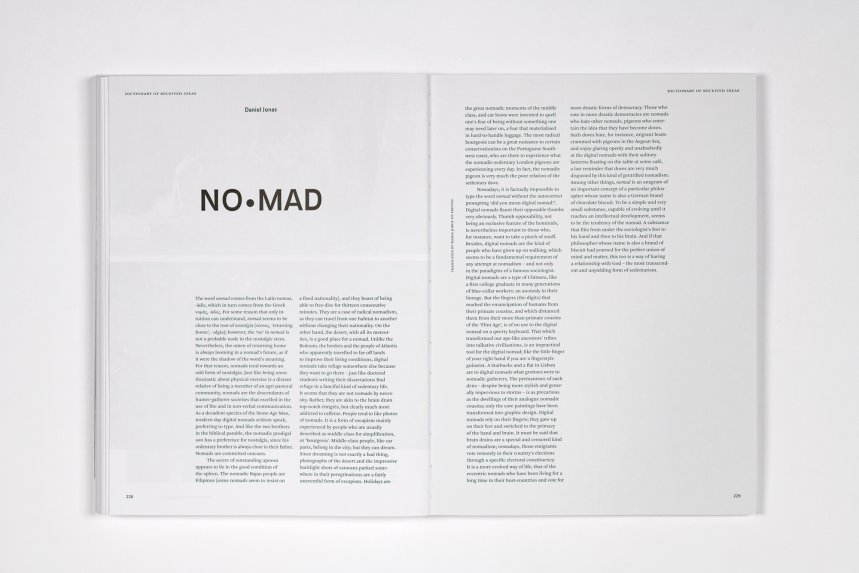
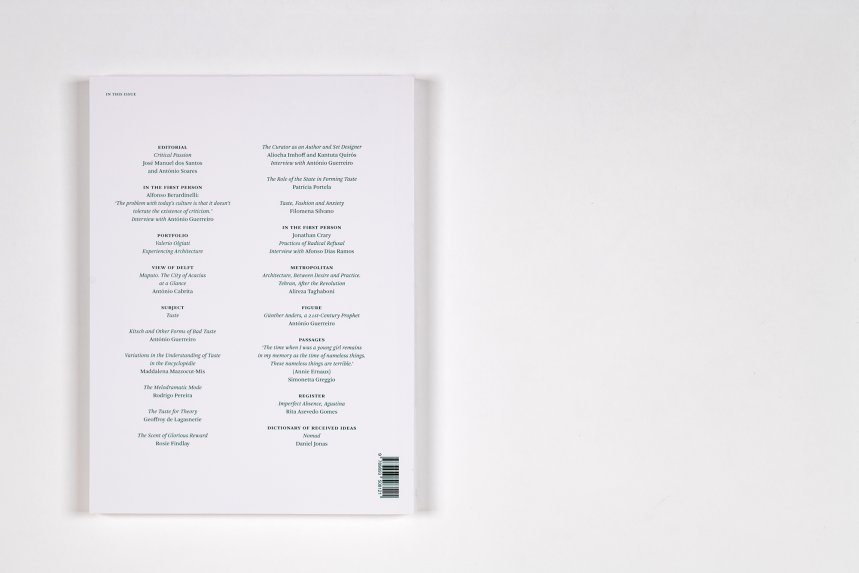
With this 20th issue, we celebrate 5 years of Electra magazine's existence. In the many pages published, and in accordance with the editorial programme of Electra, we have looked at the time and world we call ours with a gaze that is both committed and detached, trying to capture the ideas, trends, sensibilities, wisdoms and mythologies that encourage or discourage our era.
The central theme of Electra’s new issue is “Taste”. In this dossier, questions and answers about taste and distaste, beauty and ugliness, the sublime and the vulgar, fashion and out-of-fashion, the massification of communication and the commercial exploitation of culture draw fundamental traits of the portrait in which our time is presented and represented. There are essays and interviews on this subject by Rosie Findlay, António Guerreiro, Aliocha Imhoff, Geoffroy de Lagasnerie, Maddalena Mazzocut-Mis, Rodrigo Pereira, Patrícia Portela, Kantuta Quirós and Filomena Silvano, and images by the renowned German painter Albert Oehlen.
Two interviews are published in the “In the First Person” section: one with Alfonso Berardinelli, in which this major Italian literary critic delivers a cultural diagnosis of our time; and one with Jonathan Crary, North American historian and theoretician, who tells us about the digital era and its relationship with the sustainability of the planet and the interdependence between human beings.
Renowned Swiss architect Valerio Olgiati, who has distinguished himself in the practice of architecture and in critical thinking about it, is the author in focus in the “Portfolio” of issue 20 of Electra. There, we find images of some of his most representative projects and, in a dialogue between generations, the writings of three students from Accademia di Architettura di Mendrisio, where Olgiati is currently a teacher.
In this anniversary issue, Italian novelist and journalist Simonetta Greggio speaks of the crucial contribution of the 2022 Nobel Prize in Literature winner Annie Ernaux’s oeuvre and public opinions; in the “View of Delft” section, the writer António Cabrita casts a sophisticated analytical eye over the city of Maputo; Alireza Taghaboni, one of Iran's best known architects, speaks of Tehran’s architecture built after the Islamic Revolution in 1979 and during the Iran-Iraq war; António Guerreiro rediscovers the work of Günther Anders and its topicality in this era of the Artificial Intelligence, the post-human and the return of the nuclear threat; film director and script writer Rita Azevedo Gomes gives us a personal portrait of the writer Agustina Bessa-Luís; and poet and translator Daniel Jonas writes about the word “nomad.”
